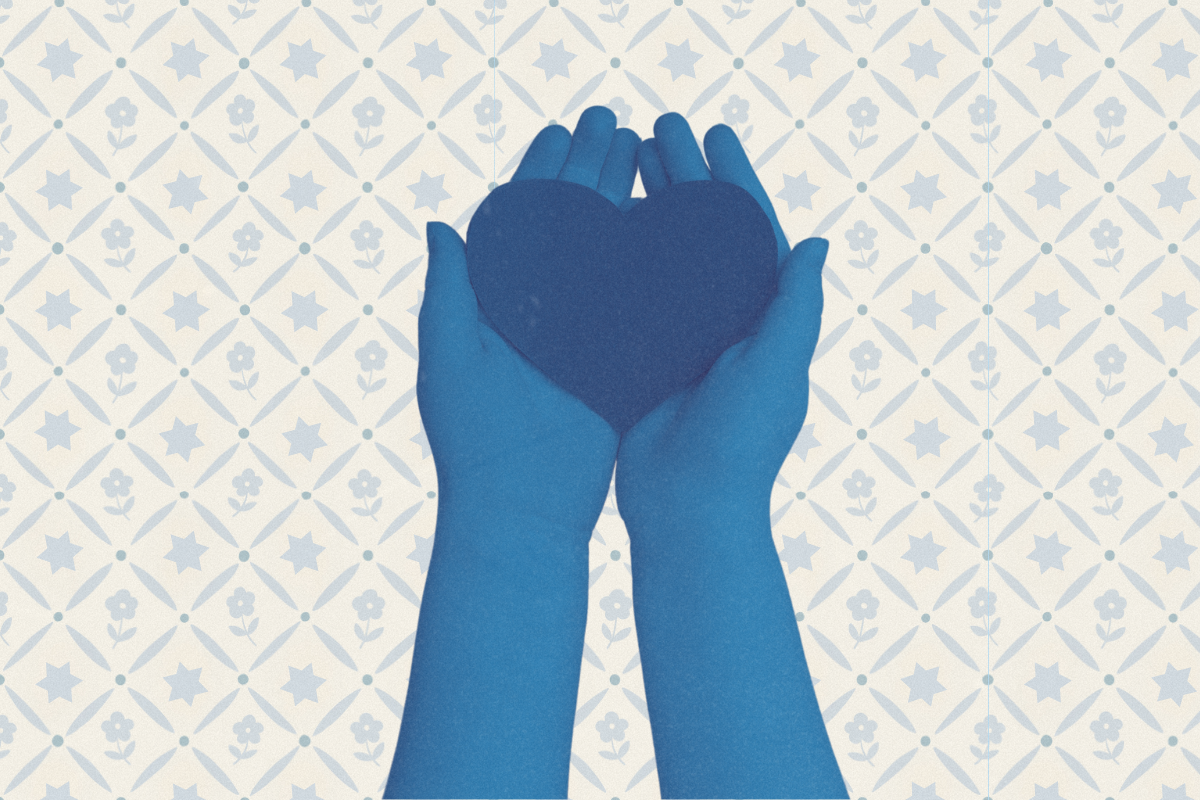Being an interfaith family was interesting. Being an intercultural/interracial family, well, that was interesting too. Managing English, Spanish and Hebrew? OK, so it takes some effort. The real challenge was … food.
Yes, food. Not making the compromises to have an interfaith household, not the changes brought about by my eventual decision to convert to Judaism several years into our marriage, no. It was the food.
I’m a New Yorker. I grew up in Williamsburg, Brooklyn in the ’80s. I ate lox and cream cheese on bagels, loved knishes and swooned over challah from the bakery on Lee Ave. I thought I was OK with Jewish food.
And then I had my first seder. It was an all-woman, feminist affair. It was lovely and moving…until I got my first up close and personal experience with the bane of my existence—gefilte fish. My people are from the Caribbean. We get fish. We make it myriad ways, all of it tasty, and looking like fish. There is nothing fish-like about the gefilte. Zilch, nada, nothing. It was an assault to my poor Puerto Rican palate.
Then seven years later I began dating my husband. He and his family used phrases like “brains are a delicacy” (sorry, if it doesn’t work for Abuela, it’s not working for you either), “tongue is yummy,” and my favorite, “but my gefilte fish is different.”
I, who always prided myself on trying and eating practically anything, found myself surrounded by items I just couldn’t enjoy (and the chicken feet crossed both the Puerto Rican and Jewish divide). I began to worry. I enjoyed the religious aspects of Judaism—davening, going to shul, Shabbat (my friends have awesome Shabbat lunches), etc. I even converted. But food became my stumbling block. Try doing Passover when beans are a staple of your diet.
Then it got worse. Our daughter got diagnosed with anaphylactic food allergies to eggs and dairy. Suddenly, many of the foods on my in-laws’ Shabbat table became as forbidden as pork. Chopped liver, latkes, matzah balls, kugels, cream cheese, many of these things were now deadly to my child. Holidays took on a sense of dread. I suddenly found myself on a surprising mission—how could I make many of the foods I hated, that my husband loved and wanted to share with my daughter, accessible?
I began calling friends, borrowing cookbooks, searching the web. Vegan latkes were possible. The same with challah and cakes. I found vegan matzah ball recipes online, but they required tofu. What do we do? We decide to follow Sephardic tradition and allow beans. We began to think outside the box, change recipes, figure out how to get the feel of things while keeping it safe. And we learned something.
Jewish food isn’t just Eastern European, or Israeli. Jewish food is the food of all Jews. My arroz con guandules are Jewish. The coquito recipe I learned from my aunt, in my hands, is Jewish food. We also learned that while food is a huge part of Jewish culture, it’s what the food does — create community — that matters.
So what if our matzah balls are bound with tofu instead of eggs? Paerve, vegan meals are just as tasty on Shabbat as anything else. Shavuot does not need dairy to be celebrated. Oneg Shabbat is possible for all of us with a little bit of kitchen creativity. When I started serving my stewed beans with kasha, my husband declared it “the perfect JewRican blend.”
It hasn’t been easy. My daughter has had anaphylactic reactions the last two Passovers. Sometimes our recipes flopped. But we have managed to create new food traditions, and focus on the positives, like the joy we experience when our 4-year-old says motzi. We share meals with friends.
Though I never did learn to like gefilte fish.
This article originally appeared on www.InterfaithFamily.com and is reprinted with permission. For more resources designed for interfaith families exploring Jewish life, visit www.InterfaithFamily.com.







